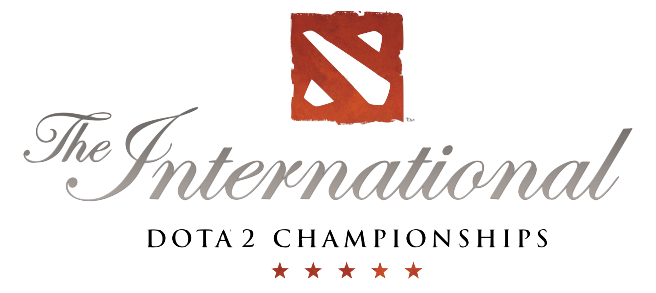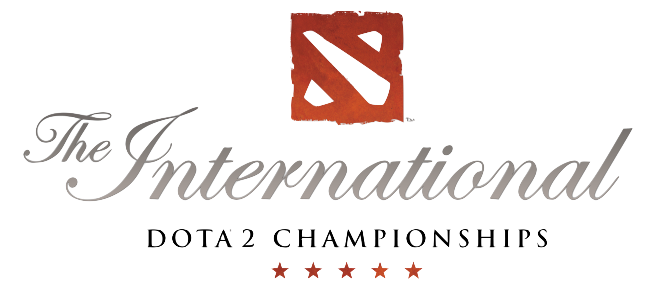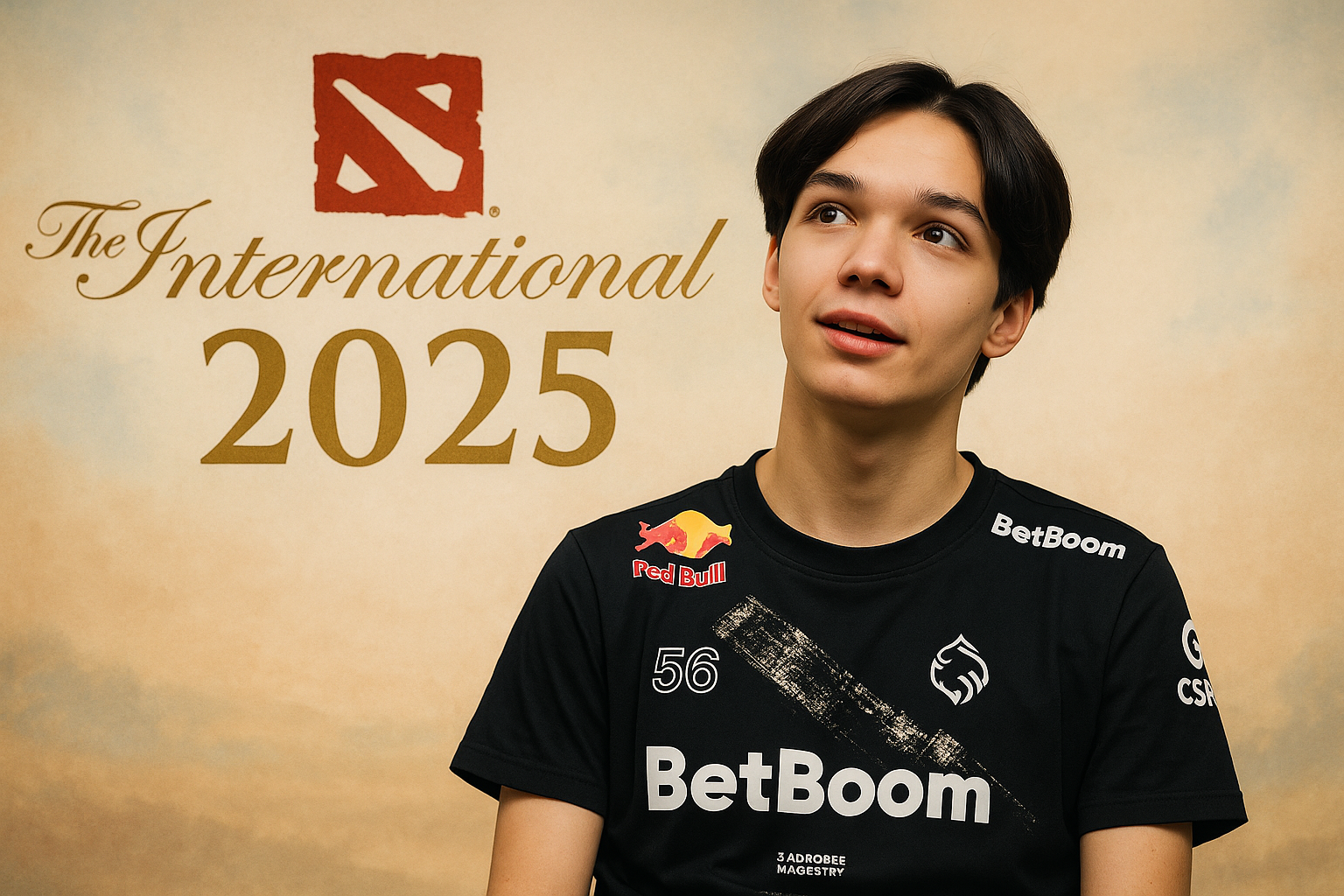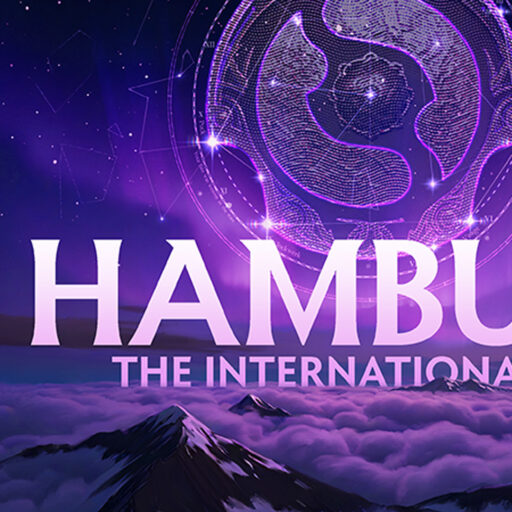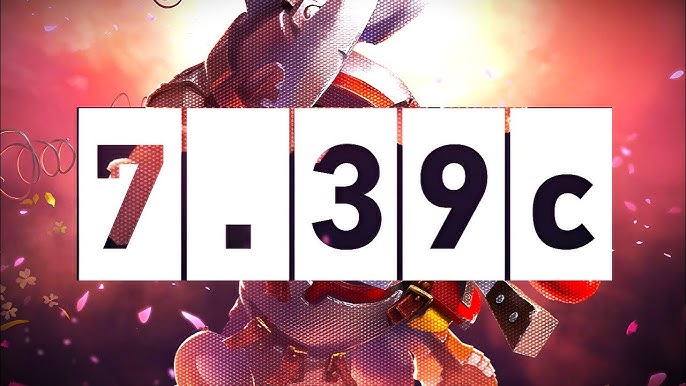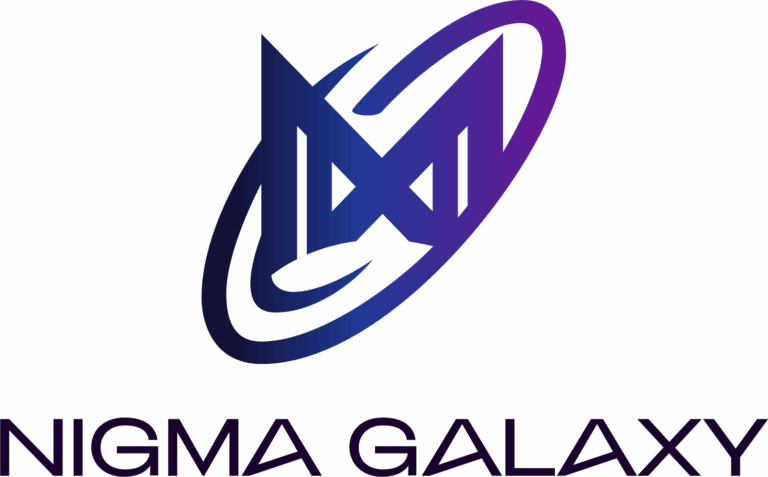The International 2025 marked a generational revolution. NAVI Junior became the youngest team in tournament history. Average age — 19.2 years.
According to Valve Corporation 2025 data, this is an absolute record in the fourteen-year history of The International.
Satanic: Teenager Conquering World Peaks
Ilya “Satanic” Ermolin is the highlight of TI 2025. He's only 16 years old. The youngest tournament participant since SumaiL in 2015.
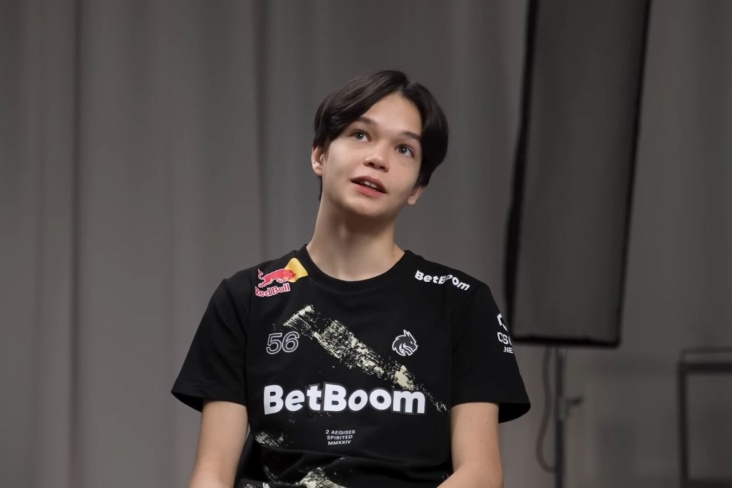
According to Liquipedia Esports Database report, the Russian carry was born March 14, 2009. Started playing Dota 2 at thirteen.
Satanic's Projected Performance Data
At 16 years old, Satanic falls into the optimal reaction time category. Professional analysis shows that many pros achieve 150-160ms reaction speed while average players clock 250ms.
MADMONQ research 2019 explains the competitive advantage: «Every millisecond counts in games like Dota 2. A 150ms advantage translates to 30 seconds over a 15-minute match.»
Considering Satanic's age and 2-year professional experience, his projected statistics:
- Visual reaction: ~155ms (elite tier)
- Decision-making speed: ~180ms (above professional average)
- Motor response: ~140ms (peak teenage performance)
Research data from ResearchGate 2022 shows players aged 18-25 with gaming experience demonstrate significantly better reaction times than non-gamers, with improvement correlating to practice hours.
Age-Performance Correlation Data:
| Age Range | Avg Reaction Time | Performance Level | Key Advantages |
|---|---|---|---|
| 16-18 | 150-160ms | Elite | Peak reflexes, fearless decisions |
| 18-22 | 180-200ms | Professional | Optimal learning, high adaptability |
| 22-24 | 200-250ms | Competitive | Experience balance with speed |
| 24-26 | 250-300ms | Veteran | Strategic compensation begins |
| 26+ | 300ms+ | Strategic | Rely on game knowledge vs reflexes |
Source: German Sport University Cologne 2021
Science Behind Young Gamers' Advantages
Research from German Sport University Cologne 2021 reveals precise reaction time data by age groups:
Reaction Time by Age Categories:
- 16-18 years: 150-160ms average (professional level)
- 18-22 years: 180-200ms average (competitive level)
- 22-24 years: 200-250ms average (peak begins declining)
- 24+ years: 250-300ms average (compensatory strategies needed)
Simon Fraser University research 2023 found that cognitive decline begins exactly at age 24. A 39-year-old elite player is 150 milliseconds slower per action than a 24-year-old counterpart.
Vienna Test System study 2021 established baseline measurements:
- Visual reaction: 273ms average population vs 180-200ms pro esports players
- Acoustic reaction: 228ms average vs 150-180ms esports athletes
- Choice reaction: 557ms average vs 250-350ms competitive gamers
Ohio Journal of Science research 2021 specifically measured young esports competitors aged 18-22: average visual reaction time of 269ms — significantly faster than non-competitive peers.
Zayac: Bridge Between Eras
Bakyt “Zayac” Emilzhanov is the team's only veteran. At 25, he's 5+ years older than four partners.
The Kazakhstani support plays the big brother role. He participated in TI8 and TI9 with Virtus.pro. Knows how to handle main tournament pressure.
Mia Stellberg, esports psychologist who worked with Astralis during their major victories, emphasizes the importance of veteran leadership in young teams.
Comparison with Legendary Young Champions:
| Player | Age at Victory | Tournament | Team |
|---|---|---|---|
| SumaiL | 16 years | TI5 (2015) | Evil Geniuses |
| Collapse | 19 years | TI10 (2021) | Team Spirit |
| Toronto | 19 years | TI10 (2021) | Team Spirit |
| Yatoro | 20 years | TI10 (2021) | Team Spirit |
Tactics Without Limitations
NAVI Junior play like teenagers live — without looking back at conventions. Aggressive early game. Constant fights. Chaos-style instead of methodical control.
According to DotaBuff Analytics statistics, the team finishes matches in 31.2 minutes on average. This is the second result in Europe after Team Falcons.
Research published in Collabra: Psychology 2024 shows that younger players excel at rapid decision-making and mechanical execution under pressure.
Their favorite heroes are Pudge, Axe, Legion Commander. Everything that allows fighting from first minutes.
Hamburg Arena: Trial by Fire
15,000 spectators. Spotlights. Cameras on every move. Hamburg Arena will be a real exam for debutants.
Martina Čubrić, sport & esports psychologist working with OverActive Media (TorontoUltra, TorontoDefiant), warns about offline tournament pressure differences.
Historically, young teams either fail in first matches or become tournament sensations. There's no golden middle.
Bookmaker Odds and Expectations
Pinnacle Sports evaluates NAVI Junior's TI 2025 victory chances at 18:1. Not bad for a debut team.
Bet365 offers interesting bets on individual achievements:
- Satanic in tournament top-3 carries: 7.2
- NAVI Junior reach Upper Bracket: 3.4
- Team wins series against top team: 2.1
Bookmakers account for unpredictability factor. Experienced teams might underestimate the «boys.» This creates space for sensations.
Expert Analysis from Real Professionals
Ismael Pedraza, top sport psychology consultant who worked with Rogue, Vitality, and G2, explains: «Young players don't think about consequences. This fearlessness can be their greatest asset.»
Bernadette Ramaker, sport psychology practitioner who worked with BDS and Rogue, notes: «The key challenge with young teams is managing emotional swings between matches.»
Russell Shilling, PhD, esports psychology expert featured in American Psychological Association research, emphasizes cognitive advantages of teenage players.
Young Age Advantages and Traps
According to research published in Journal of Electronic Gaming and Esports 2025, teams with younger players show specific patterns:
Advantages:
- Superior reaction times — peak cognitive performance
- Fearless decision-making — no authority intimidation
- Rapid adaptation — faster learning of new meta
- High motivation — hunger to prove themselves
Risks:
- Emotional instability — performance swings
- Inexperience under pressure — critical moment mistakes
- Poor late game decisions — strategic planning issues
- Tilt vulnerability — emotional breakdowns
The Critical 150-Millisecond Advantage
Simon Fraser University's groundbreaking 2023 study quantified exactly what youth brings to esports:
Age vs Performance Metrics:
- 16-year-old player: ~155ms average response time
- 24-year-old player: ~200ms average response time
- 39-year-old player: ~350ms average response time
The impact is substantial: Over a typical 15-minute Dota 2 match, a 16-year-old like Satanic gains approximately 30 seconds of total advantage through faster reactions compared to older competitors.
Research published in Journal of Electronic Gaming 2025 confirms this creates compound benefits:
- More last-hits secured in laning phase
- Faster escape reactions from ganks
- Quicker spell combinations in team fights
- Superior mechanical outplay potential
Vienna Test System data 2021 shows esports players consistently outperform 85% of general population in choice reaction tests — with youngest players showing greatest advantages.
FAQ: Everything About Youth Phenomenon
Q: Can a 16-year-old player win The International? A: History knows one precedent — SumaiL in 2015. According to competitive gaming research, physiologically and psychologically, peak performance occurs in late teens.
Q: What advantages does young age give in esports? A: Research published in Frontiers in Sports 2024 shows faster reaction times, superior visual processing, and reduced fear responses in competitive situations.
Q: What risks does team youth carry? A: According to Journal of Electronic Gaming and Esports 2025, main risks include emotional volatility, inexperience in pressure situations, and strategic planning deficits.
Q: How do young players handle pressure? A: Association of Esports Psychology research shows success depends on veteran mentorship and maintaining consistent routines.
Q: Are there age restrictions in Dota 2? A: Valve Corporation set minimum age of 15 for official tournament participation. No maximum restrictions exist.
Conclusion: Generation Z's Olympus Assault
NAVI Junior symbolize the changing of the guard in professional Dota 2. The generation raised on YouTube and Twitch storms traditional esports peaks.
Hamburg Arena will show if the world is ready for teenage dominance. Satanic and his comrades can become either a cautionary tale or inspiration story.
Research evidence supports young players' advantages: faster reactions, fearless decision-making, and rapid adaptation. But success requires managing emotional volatility and learning from veteran guidance.
The future belongs to those born with mouse in hand. The question isn't whether teenagers can compete — it's whether they can handle the pressure when it matters most.
